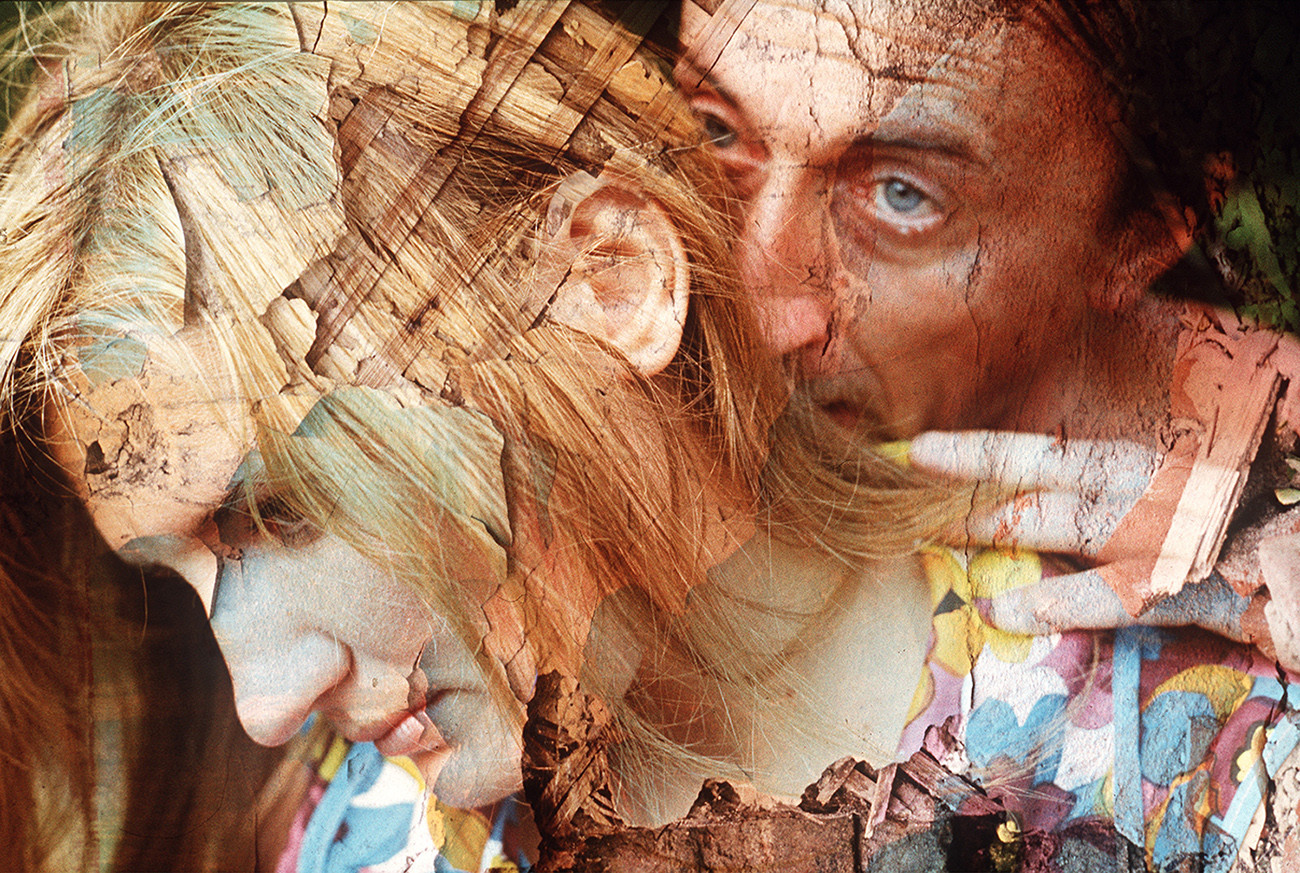Kharkiv School of Photography: New visual language
[ad_1]
by Igor Manko
In the 1970s, a collaboration of eight rebellious artists (the Vremya Group) brought to life a distinctive and recognizable visual language of fine art photography, with a straightforward and uncompromising treatment of controversial Soviet subjects. Boris Mikhailov, now an internationally recognized photographer, was their informal leader and the driving force behind the group’s activities. The Vremya group’s images depicted forbidden details of Soviet reality, from naked bodies to the fanaticism of Communist propaganda.
Due to strict censorship, Western art magazines in Kharkiv were scarce (with the exception of photo periodicals from Soviet bloc countries) and art photography trends across the Iron Curtain were almost unknown. As a result, Kharkiv’s photograph did not mimic Western imagery; artists had to invent their own approaches to the representation of the soviet realia, expanding notions of acceptable subject matter and creating their own style – in the nude, documentary or other photographic genres.
They favored manipulations with a photograph, such as layering slide frames, hand coloring, and collage, while the official style required only realistic depictions. They formulated the “blow theory” which required an image to produce the effect of a punch in the face.
“Overlays” or “overlays” were probably their first inventions on the way to new, more complex visual expression. Boris Mikhailov says that although he intended to take a look at the newly developed slide films, he accidentally put two of them together and was stunned by the effect. The images looked formally new, surreal and grotesque. The technique produced a result similar to multiple exposure but allowed clearer detail and freed the artist’s hands for countless combinatorial possibilities. Two superimposed color slide film frames were projected onto the screen in a slide show or printed on color photo paper. Mikhailov’s work in this technique, as in all of his work, has an acute social orientation.
In the 1970s, Kharkiv photographers often made a living copying and enlarging family photographs. It was an illegal business practice commissioned by people living in rural areas, often in remote parts of the country where color studio photography was either too expensive or simply non-existent. A specifically Soviet product, a “lurik” in photographers’ parlance, was a hand-colored portrait, enlarged and retouched, mounted or framed, including post-mortem portraits. Family or identity photos by origin, they often carried instructions to the photographer: take off a hat or add more hair, make a montage combining people from different images into a single photo of a future family, etc. Boris Mikhailov conceptualized these pathetic examples of true folk art in his Luriki series (1971-1985), “the first strategic use of material found in contemporary Soviet photography” (John P. Jacobs).
Hand coloring the black and white images responded in kind to the complexity and cost of the color process. Kharkiv artists have used the technique of hand coloring in a variety of ways: from subtly highlighting a certain detail in the image, to turning a photo into a coloring book page. The latter was characteristic of the brutal and uncompromising approach of Victor Kochetov. He transformed his originally realistic black and white scenes of the shoddy everyday workings of the Soviet lifestyle into a kitsch work as if he took the principle of social realism of showing the darker side to the extreme. shining reality in order to change it by means of art. .
Evgeniy Pavlov fixtures (1989-1996) have taken a new step in formal experimentation. In these works, the artist rejected all attempts to imitate a “straight†photograph: black and white and color scraps, manual coloring and scraping resulted in masterful and complex images. The dust and scratches on the film emulsion, the jagged edges of the torn fragments and other artifacts have all been transformed into elements of his visual language. This approach was developed in the years 1990-1994 from Pavlov Total photography project (about 100 images). This illustrated his concept that any photographic image (including any material found) can be turned into a work of art. Pavlov used every possible technique at his disposal to demonstrate it, from manual coloring and drawing to editing and intentional damage to the film.
Igor Manko
To learn more about the Kharkiv Photography School visit the platform Kharkiv School of Photography: Soviet censorship towards a new aesthetic. The platform is part of Ukraine everywhere program of Ukrainian Institute and is dedicated to promoting the achievements of the Kharkiv School of Photography to a wider international audience and bringing it into the European artistic context.
[ad_2]


Comments are closed.